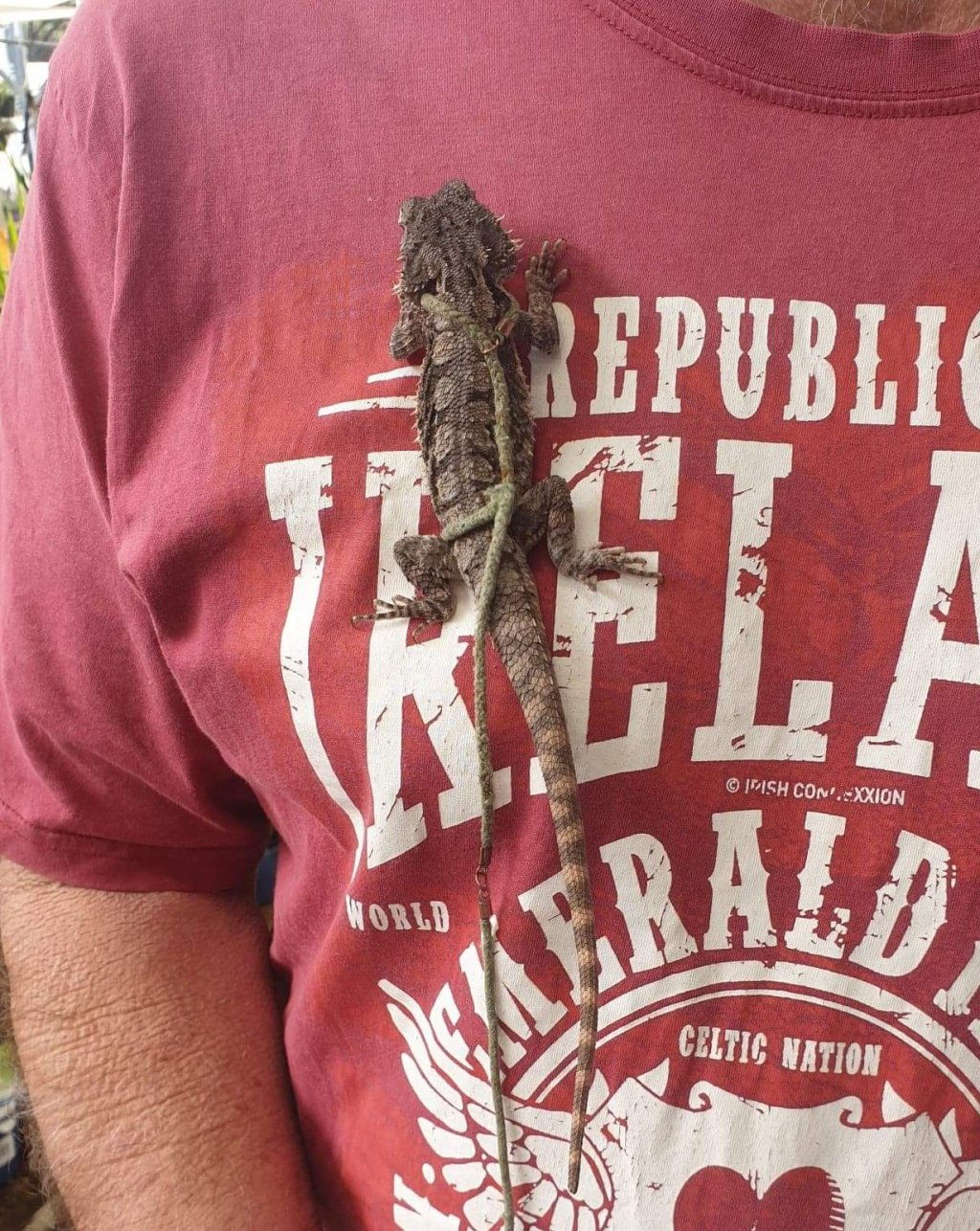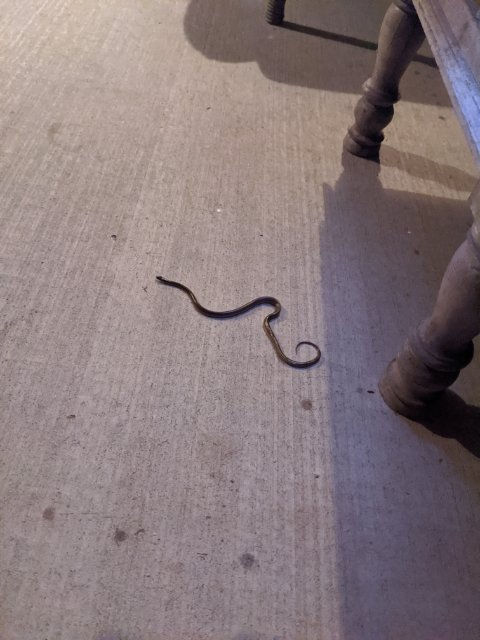Some good info here Iceman8888.
GG Wildlife Rescue IncLike Page
November 9, 2019
#SnakeBite great info you should read ....
That bite of summer has well and truly come early this year and with that heat, comes snakes.
3000 bites are reported annually.
300-500 hospitalisations
2-3 deaths annually.
Average time to death is 12 hours. The urban myth that you are bitten in the yard and die before you can walk from your chook pen back to the house is a load of rubbish.
While not new, the management of snake bite (like a flood/fire evacuation plan or CPR) should be refreshed each season.
Lets start with a
Basic overview.
There are the main five genus of snakes that will harm us (seriously)
Browns, Blacks, Adders, Tigers and Taipans.
All snake venom is made up of huge proteins (like egg white). When bitten, a snake injects some venom into the meat of your limb (NOT into your blood).
This venom can not be absorbed into the blood stream from the bite site.
In some cases the snake can bite straight into the blood stream.
It travels in a fluid transport system in your body called the lymphatic system (not the blood stream).
Now this fluid (lymph) is moved differently to blood.
Your heart pumps blood around, so even when you are lying dead still, your blood still circulates around the body. Lymph fluid is different. It moves around with physical muscle movement like bending your arm, bending knees, wriggling fingers and toes, walking/exercise etc.
Now here is the thing. Lymph fluid becomes blood after these lymph vessels converge to form one of two large vessels (lymphatic trunks)which are connected to veins at the base of the neck.
Back to the snake bite site.
When bitten, the venom has been injected into this lymph fluid (which makes up the bulk of the water in your tissues).
The only way that the venom can get into your blood stream is to be moved from the bite site in the lymphatic vessels. The only way to do this is to physically move the limbs that were bitten.
Stay still!!! Venom cant move too fast if the victim doesnt move.
Stay still!!
Remember people are not bitten into their blood stream. Only in very rare cases.
In the 1980s a technique called Pressure immobilisation bandaging was developed to further retard venom movement. It completely stops venom /lymph transport toward the blood stream.
A firm roll bandage is applied directly over the bite site (dont wash the area).
Technique:
Three steps: keep them still
Step 1
Apply a bandage over the bite site, to an area about 10cm above and below the bite.
Step 2:
Then using another elastic roller bandage, apply a firm wrap from Fingers/toes all the way to the armpit/groin.
The bandage needs to be firm, but not so tight that it causes fingers or toes to turn purple or white. About the tension of a sprain bandage.
Step 3:
Splint the limb so the patient cant walk or bend the limb.
Do nots:
Do not cut, incise or suck the venom.
Do not EVER use a tourniquet
Dont remove the shirt or pants - just bandage over the top of clothing.
Remember movement (like wriggling out of a shirt or pants) causes venom movement.
DO NOT try to catch, kill or identify the snake!!! This is important.
In hospital we NO LONGER NEED to know the type of snake; it doesnt change treatment.
5 years ago we would do a test on the bite, blood or urine to identify the snake so the correct anti venom can be used.
BUT NOW...
we dont do this. A common Antivenom neutralises the venoms of all the 5 listed snake genus, so it doesnt matter what snake bit the patient.
Unless in Tasmania For example tiger snake antivenom is the only antivenom required in Tasmania as both Notechis and Austrelaps envenomations are neutralized by tiger snake av.
You can be allergic to the venom .
The preferred antivenom is usually a monovalent for three reasons, the dosage is smaller, the chance of allergic reaction is lower and finally the cost is lower. Also antivenom is not a "one shot wonder" - in many cases multiple vials are used during treatment along with supporting drugs
Australian snakes tend to have 3 main effects in differing degrees.
Bleeding - internally and bruising.
Muscles paralysed causing difficulty talking, moving & breathing.
Pain
In some snakes severe muscle pain in the limb, and days later the bite site can break down forming a nasty wound.
Allergy to snakes is rarer than winning lotto twice.
Final tips: not all bitten people are envenomated and only those starting to show symptoms above are given antivenom.
Did I mention to stay still.
~Rob Timmings (Amos) & some other herpers who have updated this amazing information , thanks to you all ????
NOTE - snake biting hand is not Australian species and is just for attention..thanks






